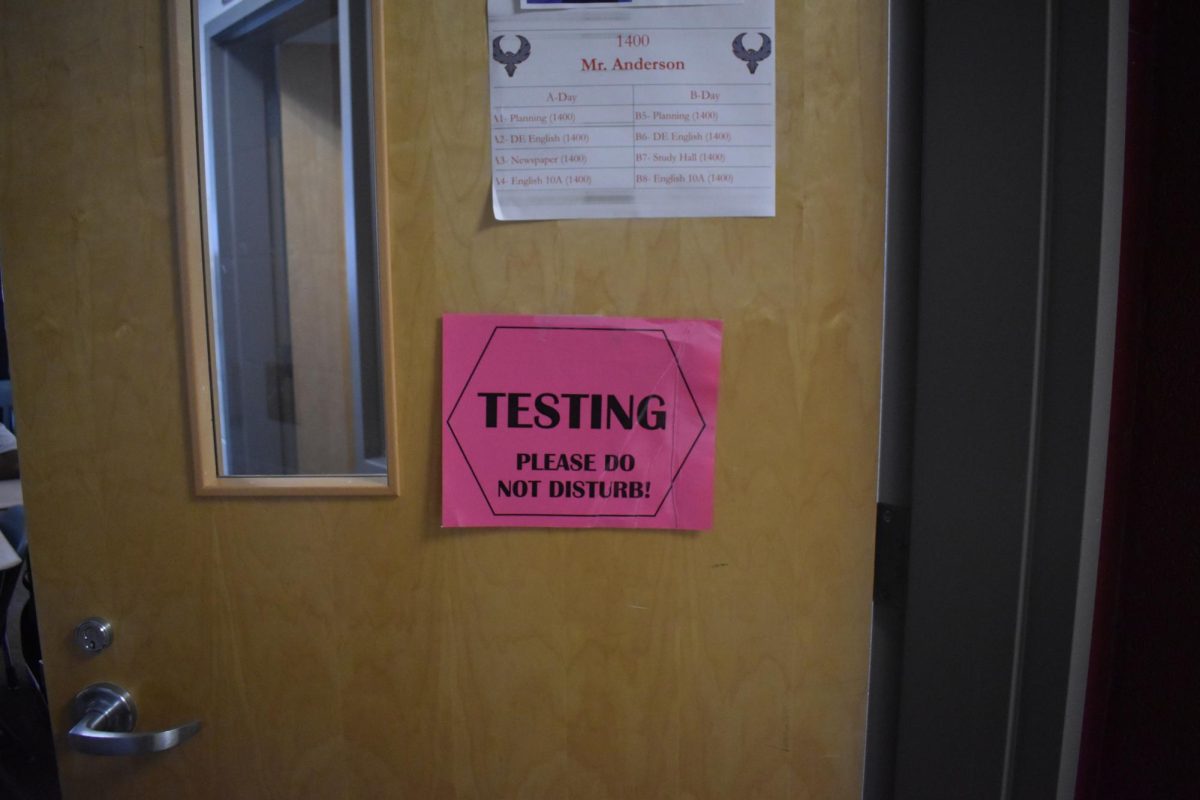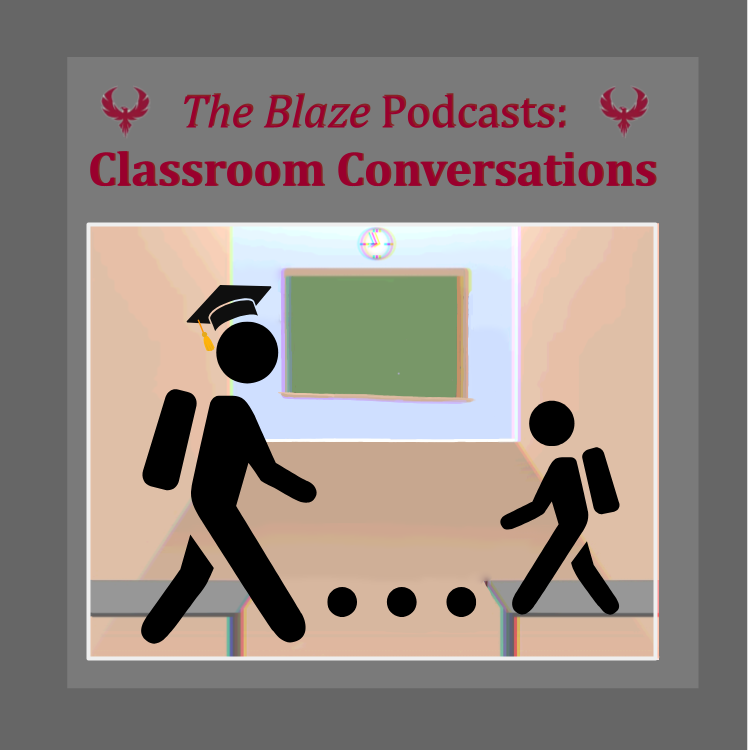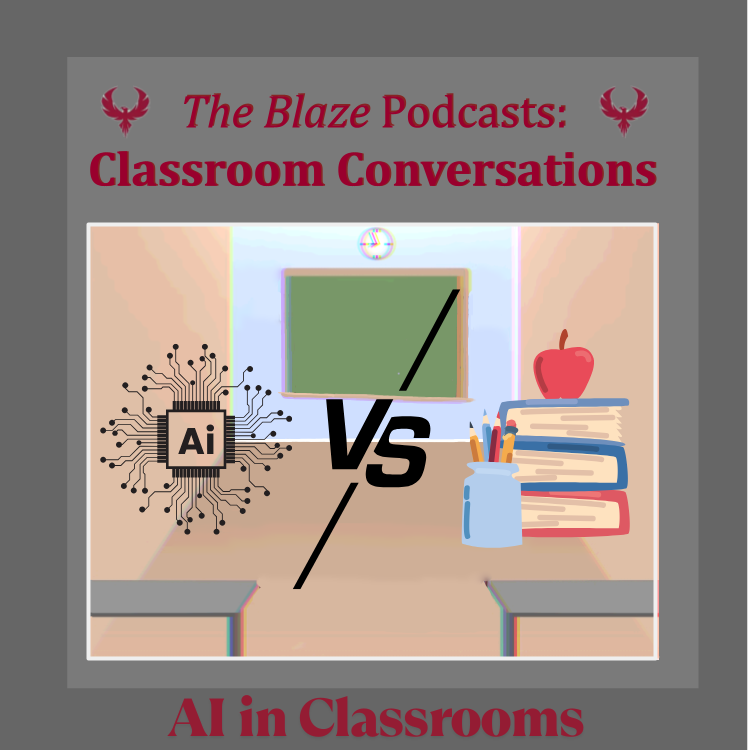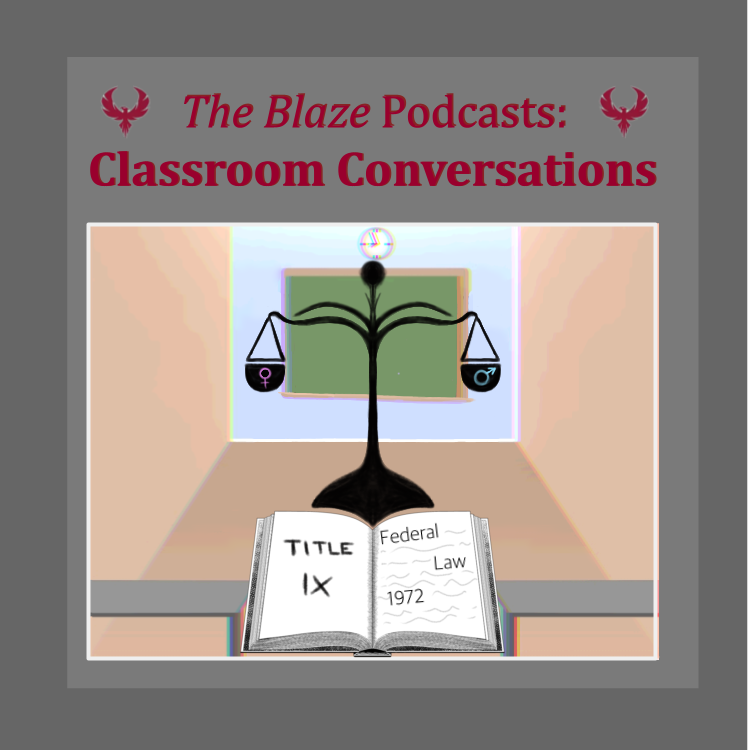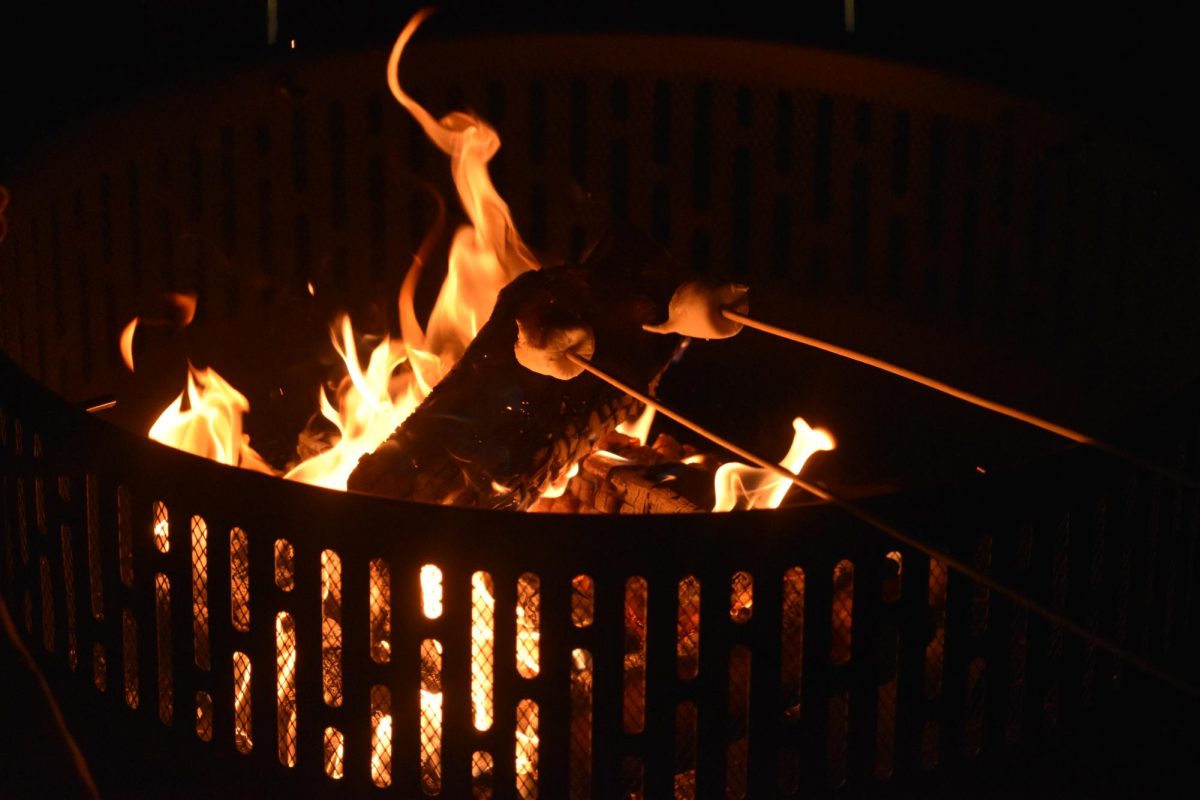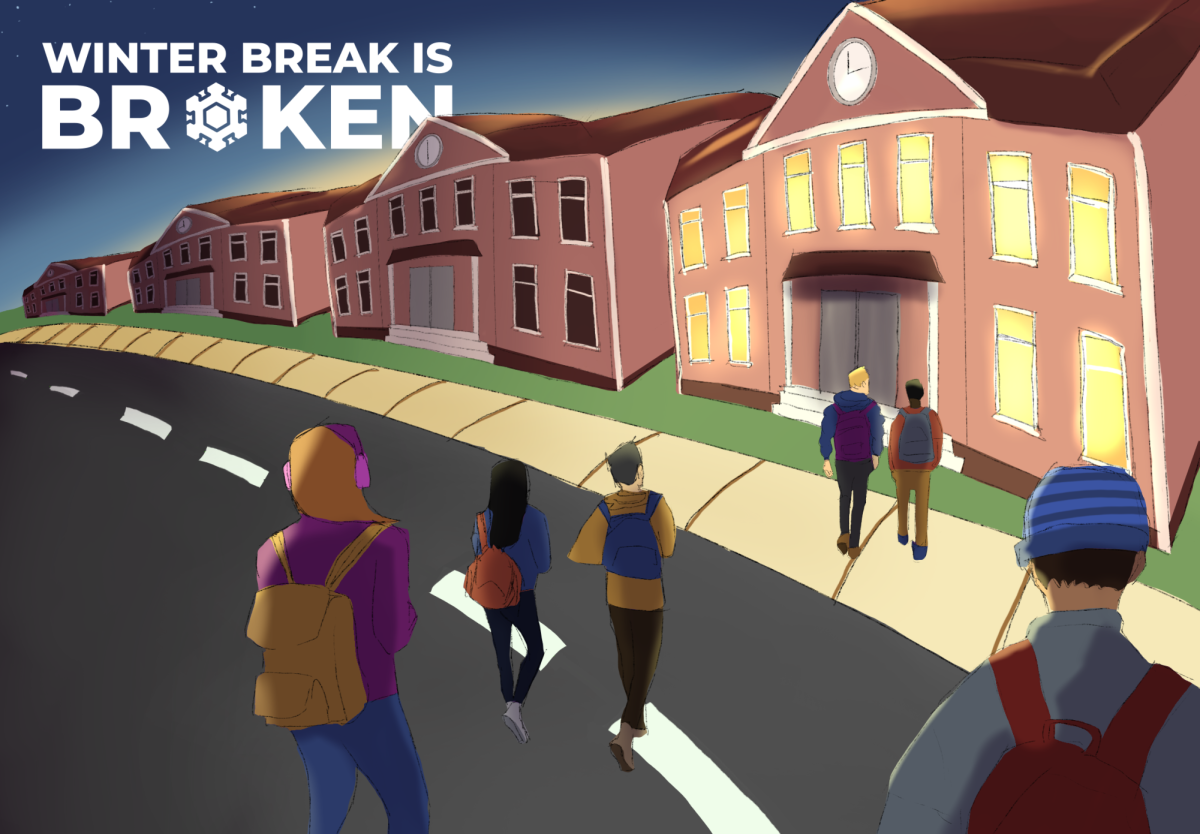Instead of being home today, I’m writing this article.
This year, students will spend a total of 12 days away from school from Dec. 21 to Jan. 1, with eight of those days being weekdays. At first glance, it might seem senseless – scandalous even – for Loudoun County to give its students a shorter winter break. After all, with a Thursday start, it’s three days away from being a nice, even two weeks. Another look, or rather three, reveals something else.
First, how does Loudoun stack up regionally?
It’s no secret that we, here in Loudoun, like to compare ourselves to our neighboring counties – whether it be for sports, schools, or snow days. Loudoun, being on the edge of Northern Virginia, shares a border with eight other counties across Virginia, Maryland, and West Virginia. A look at our neighbors reveals that our winter break is just about average length. Fairfax County, arguably our closest competitor, holds the record for the longest break throughout Loudoun and its surrounding counties, with 17 days total, stretching from Dec. 16 to Jan. 1.
Second, how does present-Loudoun compare to past-Loudoun?
Before jealousy sinks in about the 17 days Fairfax got off, it’s worth knowing that in the 2022-2023 school year, Loudoun County also had the same amount of days off. This isn’t the first time Loudoun has shortened the break, and it’s probably not the last. Looking back over the years, Loudoun has flipped back and forth (for up to two years at a time) between longer and shorter breaks since at least the 2016-17 school year.
Finally, how does Loudoun measure up in Virginia?
It’s time for a bit of math. According to Virginia Law, the school year is required to be “180 instructional days or 990 instructional hours.” That means that each school day must average about five-and-a-half instructional hours. LCPS, however, exceeds this expectation with 6.8 total hours in a school day, and therefore 6.25 of instructional hours when accounting for lunchtime and time in between classes. With this time frame, Loudoun needs only 159 days in a school year.
If you’re familiar with the LCPS calendar, this is untrue. Last year, students had 170 days or 1,062.5 hours. This year, students have 180 days or 1,125 hours. That’s an increase of 135 hours from the state minimum.
Now, this additional 135 hours may seem excessive, but there is a reason for it: built-in snow days. In theory, built-in snow days prevent schools from adding extra makeup days at the end of the year. In practice, however, snow days often go unused, and students end up having to physically go to school for extra time.
According to The Washington Post, Loudoun County builds in 15 snow days per year. Interestingly enough, though, the aforementioned 135 hours translates to about 22 built-in snow days. Either way, if it didn’t snow all year (an increasingly likely reality as snowfall declines globally), students would have to come in for at least an extra two weeks more than the state requirement.
Fairfax County previously used a system with only five built-in snow days and the option to add “unscheduled virtual learning days” once those were used up. Fairfax has since reverted to building 11 snow days into the year. LCPS, however, avoids online learning because of varying internet access throughout the county, especially in times and places when/where power outages are common.
About an hour away, Alexandria City Public Schools have decided to make their snow days largely based on the situation, rather than using the “built-in” system. Depending on the specific weather situation and if there are enough calendar days, they will consider a closure with or without asynchronous learning.
The average winter break length for the area is about 12-and-a-half days, and ours specifically is 12 days. It’s the fourth time in the last eight years that there’s been a 12-day break. In conclusion, a shorter break that seemed scandalous is, in reality, quite normal.
Calendar Options and HRTD Surveys
Now, how we got here is a story of its own.
Up until now, we’ve been referring to those that decide the length of winter break as “Loudoun County,” “Loudoun,” or “LCPS.” However, it’s important to realize that there are real people behind these decisions: the members of the LCPS School Board. To create the calendar for this year, the school board looked at six calendar options, which compare as follows:
Additionally, to help with the decision-making process, the LCPS Department of Human Resources and Talent Development (HRTD) sent out a survey to “all licensed employees to obtain feedback on the development of the School Calendar and their needs for a successful school year.” HRTD also sent out another survey “through the Communications and Community Engagement Office to obtain feedback” on calendar options 1, 2, and 3. Options 4, 5, and 6 were created afterwards based on the results of these two surveys.
Now, there are some important things to note about both the community and teacher survey results.
In the community survey, most respondents preferred option 2, which was not what the school board ended up choosing. Granted, the chosen option 5 was not even on that survey, but we’ll address that later. A total of 5,858 people took the survey, and a majority were parents. Across all categories of respondents, nearly half preferred option 2.
The survey also asked respondents why they chose the option they did, and the findings show that the community did want a longer winter break.
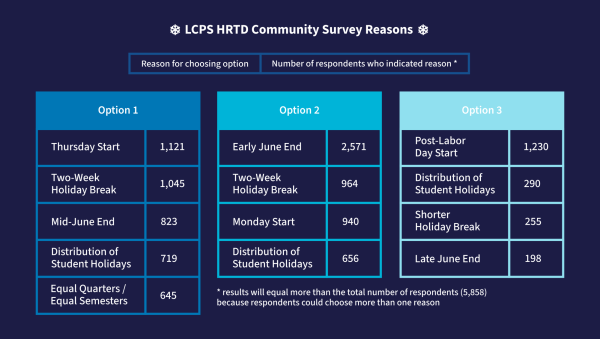
The Blaze Survey and Reasons
The HRTD surveys help us paint a more accurate picture of community opinions throughout the county. It’s easy to listen and draw conclusions, but it’s also useful to research.
The HRTD community survey, while very insightful, also has its limitations. For example, responses are weighted to reflect the interest of parents more than that of other groups who also participated in the survey (staff, students, etc.) because of the number of parent respondents. The more parents that respond mean that the survey shows parents’ opinions more.
In an effort to remedy this, and to more accurately capture student voices, The Blaze staff conducted our own poll at Rock Ridge. The result: 64% of students said that they would prefer a longer winter break and a shorter summer break rather than the opposite.
Senior Sanika Chimurkar sees shortening summer break and lengthening winter break as a win-win situation. “You already have a lot of time away from school [during the summer],” Chimurkar said. “Usually, students tend to forget the material, and they get out of practice studying. You need that [winter] break because right after, it’s [the] third [and fourth] quarters, AP exams, everything.”
Similarly, freshman Tanvi Khanna sees winter break as a time to recover from the mental stresses of school. “[School is] asking for a lot of stuff from us, and just to have a nice, longer break away from everything would be a lot nicer, in my opinion, even if that meant cutting down on a couple summer vacation days,” Khanna said.
In the two weeks before break, Khanna said she had two tests, a quiz, a lab report, a Socratic Seminar, a debate, and a guitar concert.
Chimurkar also champions a longer winter break because of its ability to give students more time outside rather than being stuck at school. “I feel like it’s important for us to see the sunlight,” Chimurkar said. “When we wake up, we see a limited amount of daylight, then we go straight to school, [and] when we come back, it’s either 4:30 or 5 p.m. [By] then, the sun has already set, so we barely see any daylight because we’re in school all day.”
Chimurkar is correct in making an association between mental health and sunlight exposure. This connection is something that has been proven in many studies. An example of potential impacts is Seasonal Depression, or more formally Seasonal Affective Disorder (SAD), a type of depression that shows the most severe symptoms in the winter months. While the exact cause for this disorder is unknown, it is thought to be connected to a lack of sunlight.
Mental health was also a significant motivating factor for the creator of this change.org petition to extend winter break, which has collected over 6,700 signatures since Nov. 26. The petition’s author does report blatantly false information, for example, saying that next year’s break will be even shorter than this year’s. However, they and the petition’s commenters do still bring up some valid concerns. A shorter break would mean less time to recover one’s mental health, to relax (and play video games), to sleep, and to spend time with friends and family.
Chimurkar more specifically mentioned time spent with family on vacation. “There’s a lot of holidays; it’s not just Christmas,” Chimurkar said. “I think individuals should be able to spend that time with their family.”
“I really wanted to go to India for my last year [as a senior] with my family,” Chimurkar said. “I definitely think that [about] 10 days is not enough to go to India. There’s so much to do, so much to see, so much to catch up on. Usually, people find winter break as the best time to go, but 10 days is not enough.”
Some students, however, compensate by missing a few days of school to leave early for their vacations. As of 2:10 p.m. on Dec. 18, Attendance Secretary and Administrative Assistant Mary Howard reported 572 total absences, early releases, and tardies for the day (128 of those are fine arts students who left Dec. 17 for a school-sponsored trip to Disney and Universal Studios). Those 572 constitute about 38% – over a third – of the 1,509 students at Rock Ridge.
On Dec. 20, the attendance report sent to teachers listing all the students absent for the day was 85 pages long – the longest it has ever been in Howard’s time at Rock Ridge.
Others, like Khanna, are instead reluctantly making do with the time they’ve been given. Khanna and her family are packing on Thursday, Dec. 21; driving to visit cousins in Canada on Friday, Dec. 22; and then driving back 10 hours from Canada on Monday, Jan. 1 – New Years’ Day and the day before students return. She hopes that, in the future, the school board would add more days at the beginning of January.
“If they could put a couple more days in the beginning of January, I feel like that’d be a lot more helpful,” Khanna said. “On December 31st, you stay up late at least until 12, so you can see the new year and everything. And then, they’re just giving you January 1st. And then [you’re] like, ‘Okay, shipping you back to school on January 2nd, have fun with that sleep deprivation.’”
The Board’s Process
Now, you might be wondering why exactly Loudoun would decide to make break the way that they did. There are rumors. Thoughts are floating around. Students, parents, teachers, and more are all speculating.
One thought in particular is that the school board was rushed to choose a calendar, so they just so happened to end up on the one they did. It sounds reasonable enough, but a dive into the pool of past school board meeting logs disproves such a notion. Take a look at the timeline of the school board’s process to create this year’s calendar.
There are over two months between when the first survey was released, and when the board actually decided and officially adopted a calendar. Granted, there is less time (a month or so), between when the calendar options were introduced and when one was officially chosen. The board was not able to utilize all their fortnightly meetings in this time; despite this, there is still evidence to prove that the board had ample time to decide on a calendar.
Last year’s calendar decision took about half the time (two weeks), with the options first presented on Nov. 30, 2021, and the final decision made on Dec. 14, 2021. This rush was realized. “The issue with last year was how late we presented calendars,” Chief Human Resources Officer Lisa Boland said at the Nov. 25, 2022 school board meeting. “So, there was almost this push to get everything out.”
The calendar two years ago took about a month to be completed. Similar to the time frame for this year’s calendar, it was between Nov. 4, 2020, and Dec. 1, 2020. Moving forward, the school board is beginning “multi-year calendar review and approval.” On May 9 this year, the board approved calendars for both the 2024-25 and 2025-26 school years.
The Board’s Problems
The board chose calendar option 5 for this year, which was not one of the three options sent to the community in the HRTD community survey.
This was because the school board allegedly used the previous responses and feedback from the surveys to create new calendar options that accurately reflected responders’ preferences. This, however, was proven false as the surveys preferred a two-week winter break instead of the current calendar.
The true tragedy of this year isn’t the lack of time spent with family. No. It’s the lack of input taken into consideration by the school board. It’s a failure to consider a calendar that would affect teachers and students alike.
Take a look at how calendar options two and five compare. It’s as if the survey responses never existed, considering how little the school board took inspiration or input from them. Instead of choosing one of the three voted-upon calendars presented, they presented three additional options. Out of these, they chose one of these newly proposed options despite the lack of any public feedback on it.
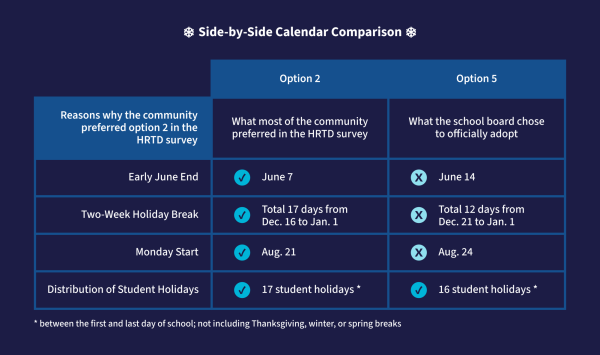
The school board does acknowledge that a two-week-long winter break was shown to be favorable in previous surveys. “We have also heard from staff members, community members, and parents that would like to have three additional days during the winter break,” School Board Member Denise Corbo said at their Nov. 29 meeting.
“We need to be providing more instruction days,” said School Board Vice-Chair and Ashburn District Representative Harris Mahedevi. “I mean, that’s where we’ve been championing for the last year – two years – since COVID.”
This is a valid point in favor of shortening winter break. After all, less winter break means more time to learn. One commenter on a Loudoun Now article on the board’s previous Nov. 15, 2022 meeting wrote, “It’s imperative that LCPS students have at least 180 instructional days per school year. Anything less would be a travesty. Teachers should be chomping at the bit to be in the classroom for 180 days or more. It’s the least they can do to help their students overcome learning loss. On a brighter note, Happy Thanksgiving Loudoun!” One thing this commenter got wrong, however, is that that 180-day instructional day is only required if the school days have 5.5 instructional hours. Loudoun has 6.25 and goes almost 2 weeks over the 180-day minimum.
However, there is also a counterpoint to be made. Less winter does not necessarily mean more time learning. With only three school days in the week when winter break starts, many students choose to simply not show up. Or, they show up for a test or two and then leave early. It goes back to what the understandably stressed Attendance Secretary Howard told us: more than a third of Rock Ridge wasn’t coming to school for the full 6.25 instructional hours on Dec. 18. Instructional hours are important, but cutting winter break is not how we get them.
How we do get them, though, is separate – but still related – story. There are just so many questions that HRTD has to answer when creating a calendar. It’s a matter of striking a delicate balance between winter break, spring break, teacher work days, student holidays, and more. For some, this year’s calendar didn’t satisfy the last of these.
“I feel like we have a couple of unnecessary days off, which sometimes can be nice, but if they’re taking away from those longer breaks we’re supposed to get, I would rather them be put in those longer breaks,” Khanna said. She noted the diverse community we live in and thus the board’s efforts to give students more days off.
However, Khanna also pointed to this year’s Diwali (the Hindu festival of lights) celebration. This year, Diwali was celebrated on Sunday, Nov. 12. Loudoun County, however, had a student holiday on Monday, Nov. 13.
Okay, at this point, we’ve been going on for long enough. It’s time to step back.
In Short, aka TL; DR
We’ve touched on many topics, looked at lots of data, and unpacked opinions. Here’s what we’ve learned.
Winter break this year is 12 days long, from Dec. 21 to Jan. 1. While that may seem scandalously shorter than usual, it is just normal, close to the 12-and-a-half day average (of Loudoun and its surrounding counties) and equal to three other breaks in the last eight years. However, looking at the school year as a whole, Loudoun is, well, overachieving. This year has 135 more hours than the state minimum, which accounts for 15 built-in snow days (none of which have the option for asynchronous learning like Fairfax and Alexandria City Public Schools do).
The community speculated why this year’s break is shorter than it was last year, and one thought was that the school board rushed to choose a calendar. However, their process was, well, average – just like this year’s break. The board spent about a month or so, roughly the same amount of time they took two years ago. Last year, they spent about two weeks, but they said this was rushed.
During this month or so, they looked at two surveys for feedback – one from teachers and one from the general community (parents, students, etc.). Out of calendar options 1, 2, and 3, most of the community preferred option 2, citing the early June end, the two-week holiday break, the Monday start, and the distribution of student holidays as reasons. A two-week holiday break was also cited as a reason for those who preferred option 1.
64.9% of respondents in the teacher survey said they’d prefer a longer winter break with a later end to the school year. And, 64.7% of Rock Ridge students told The Blaze staff that they’d prefer the same.
Reasons for adding time to winter break include more time to spend outside in the daylight, to spend with family (especially on out-of-country vacations), to rest and recuperate one’s mental health, and to relax and sleep. And, a reason to subtract time from summer break, is to give students less time to forget what they learned in school.
So, generally, the community prefers a calendar with a longer winter break. One of the calendar options that considered this was option 2. However, the board chose option five because of the full 180 instruction days and the Thursday start of the school year.
Looking at all of this, we still think that the break should be longer. And, here’s why.
Conclusion
Winter break should be a full two weeks long. There it is, plain and simple. It shouldn’t be the poor excuse of one-and-a-half weeks. It should be two weeks long, for all the reasons that everyone in Loudoun County argues.
Three more days of break means three days for family, for travel, for rest, and for mental health. It also means three days less for instructional time. But, in reality, very little instruction is happening then, and we have already had excess instruction from unused built-in snow days. A longer winter break also means a shorter summer break, but that just means less time to forget everything we’ve learned.
At the end of the day, this is nothing new; a two-week winter break is nothing new. We in the community wanted a longer winter break. The LCPS survey showed that teachers wanted it, the other LPCS survey showed that parents wanted it, and The Blaze survey showed that students wanted it too. Still, we didn’t get it.
The real shame isn’t the shorter winter break; we’ll get over that as the next two years bring 16-day breaks. It’s the school board’s failure to choose a calendar that truly reflects those in school. They had the data, they had the time, and in the end, they messed it up.
Thank goodness, this article is finished. Now, I can sleep for the next 15 minus 3 days.



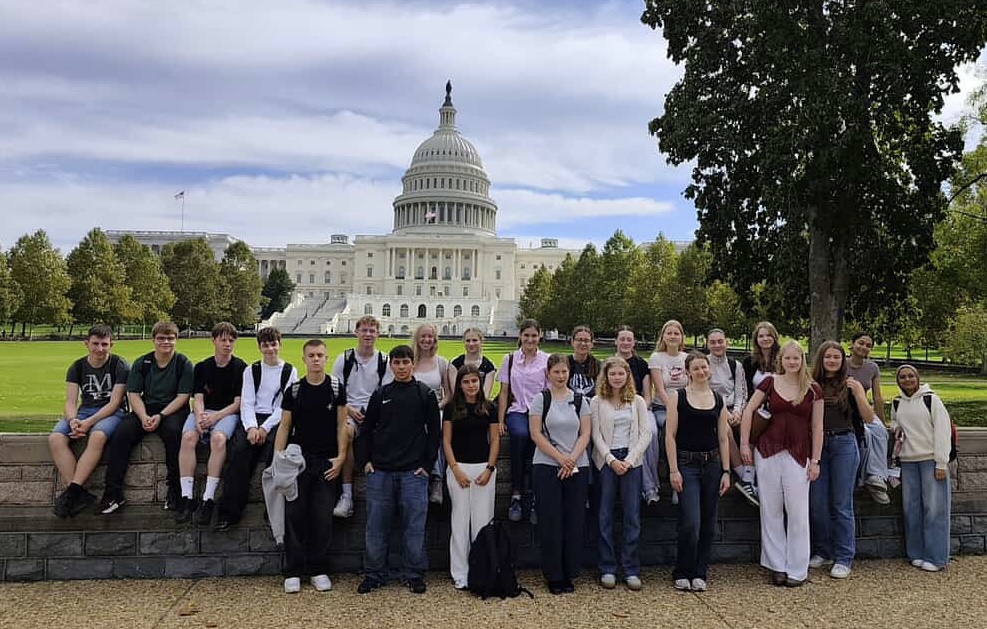
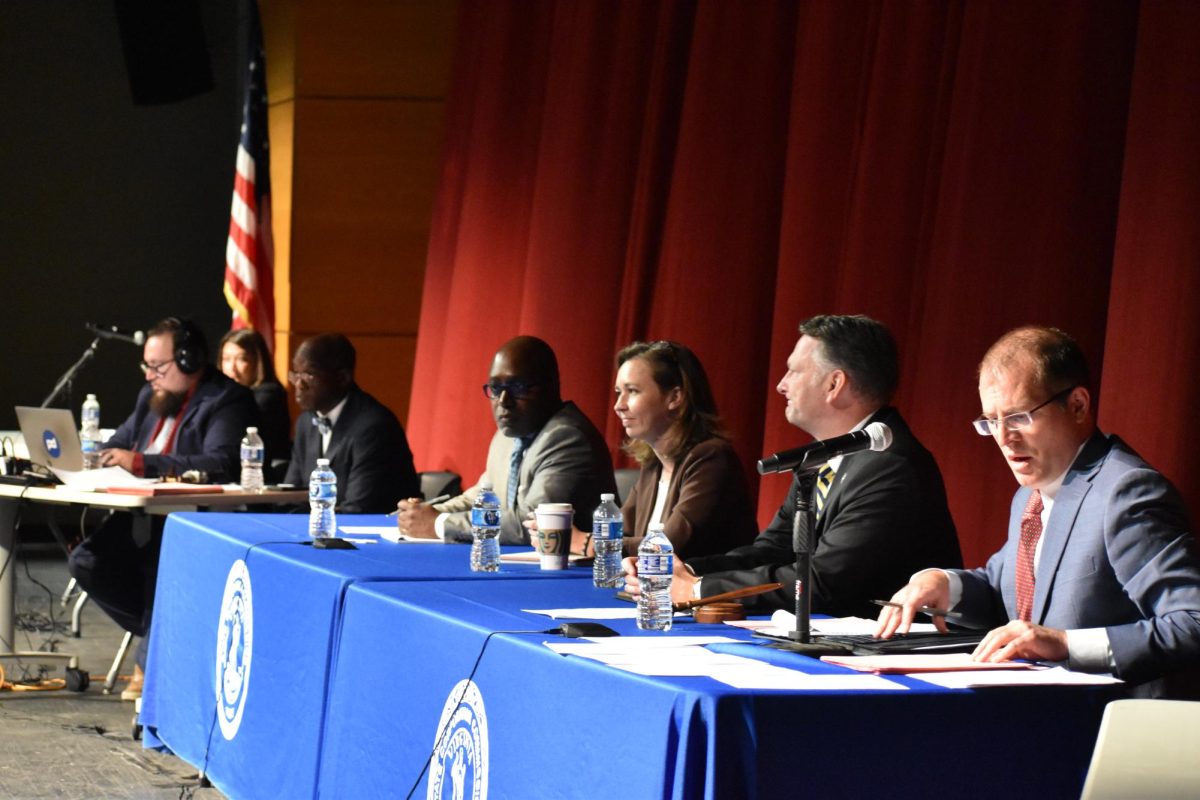
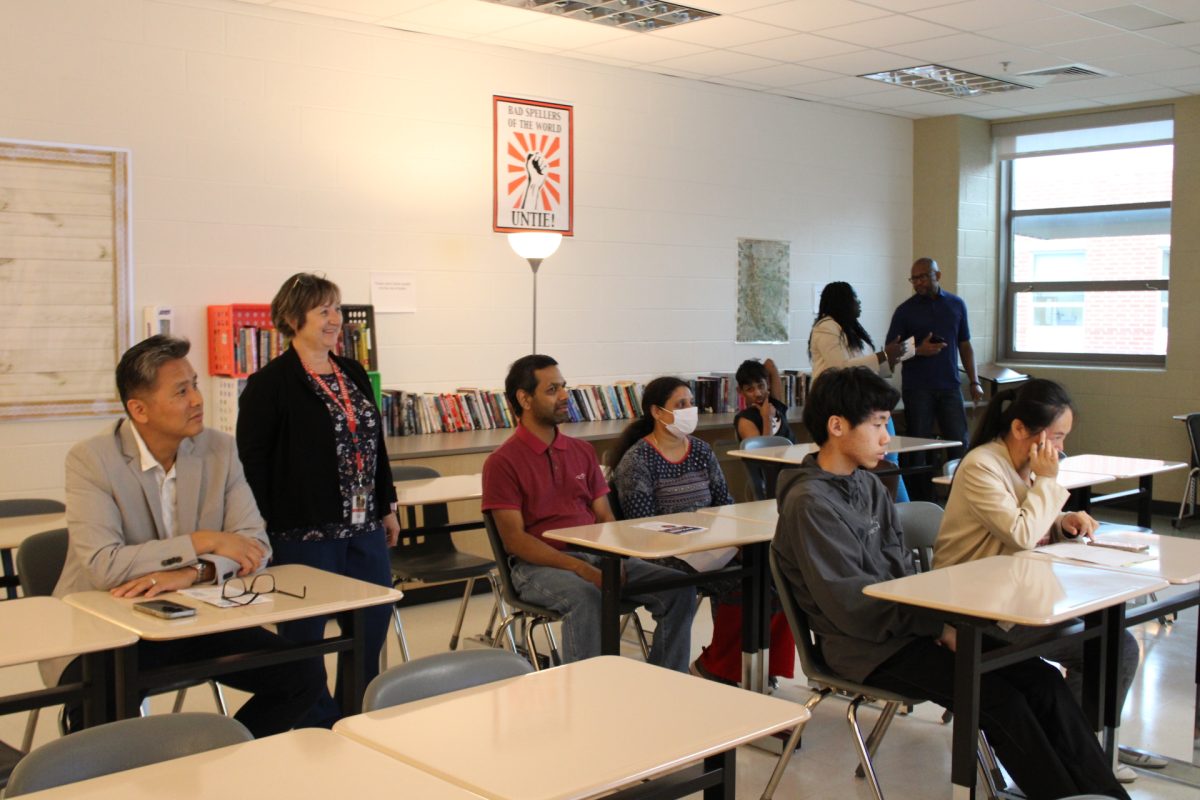
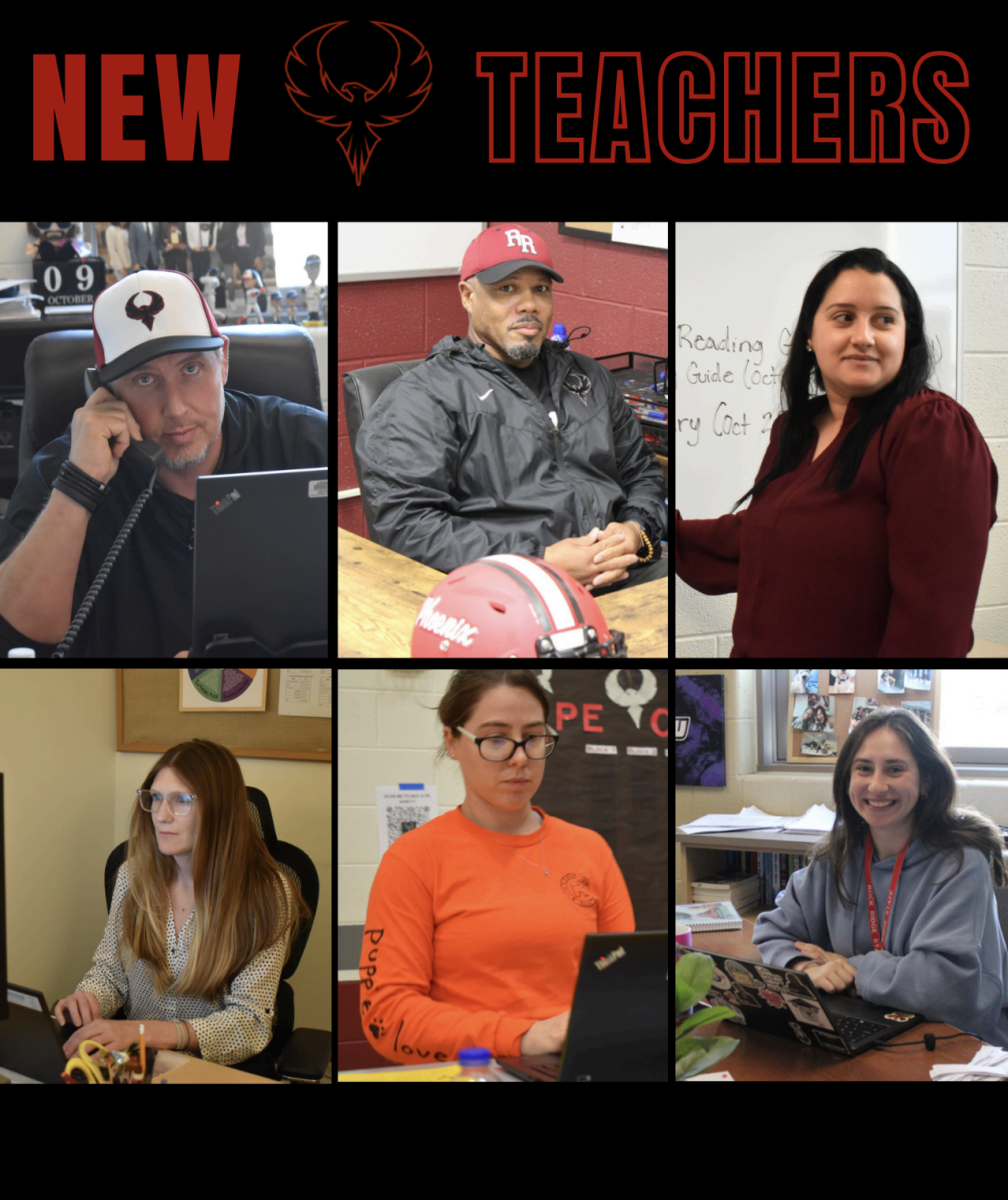








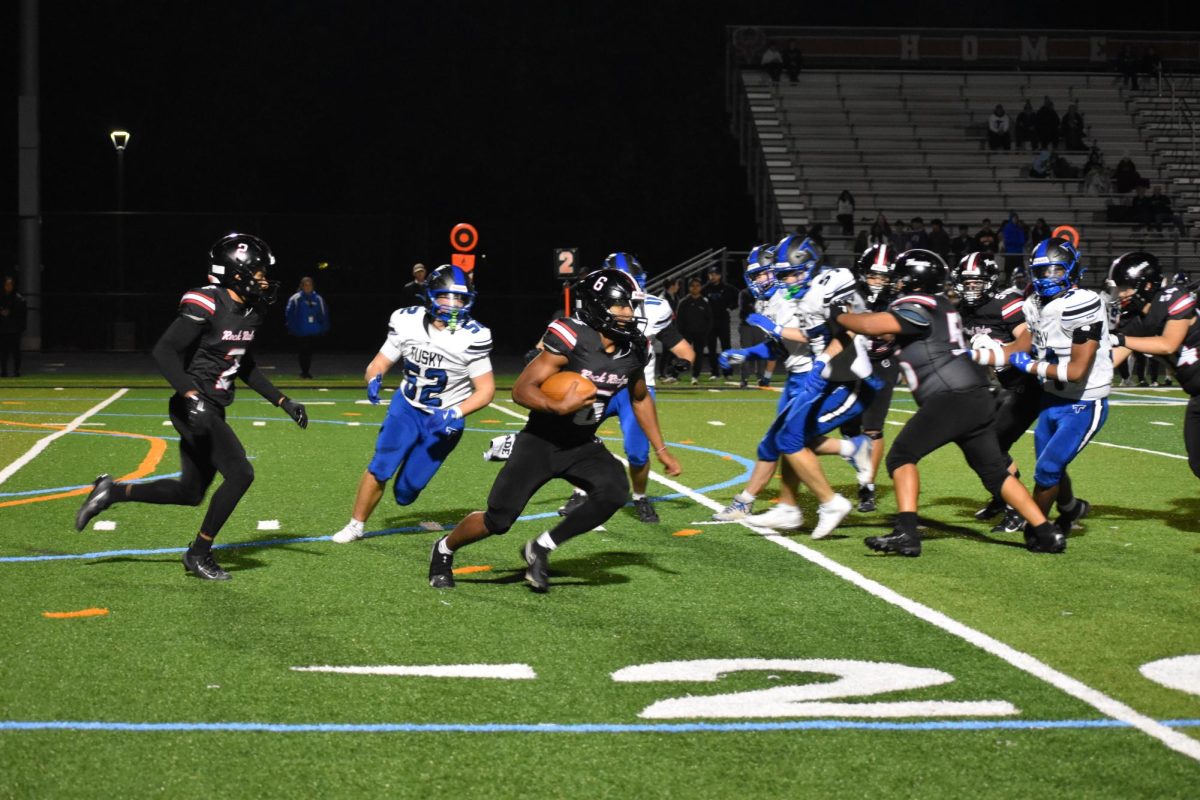
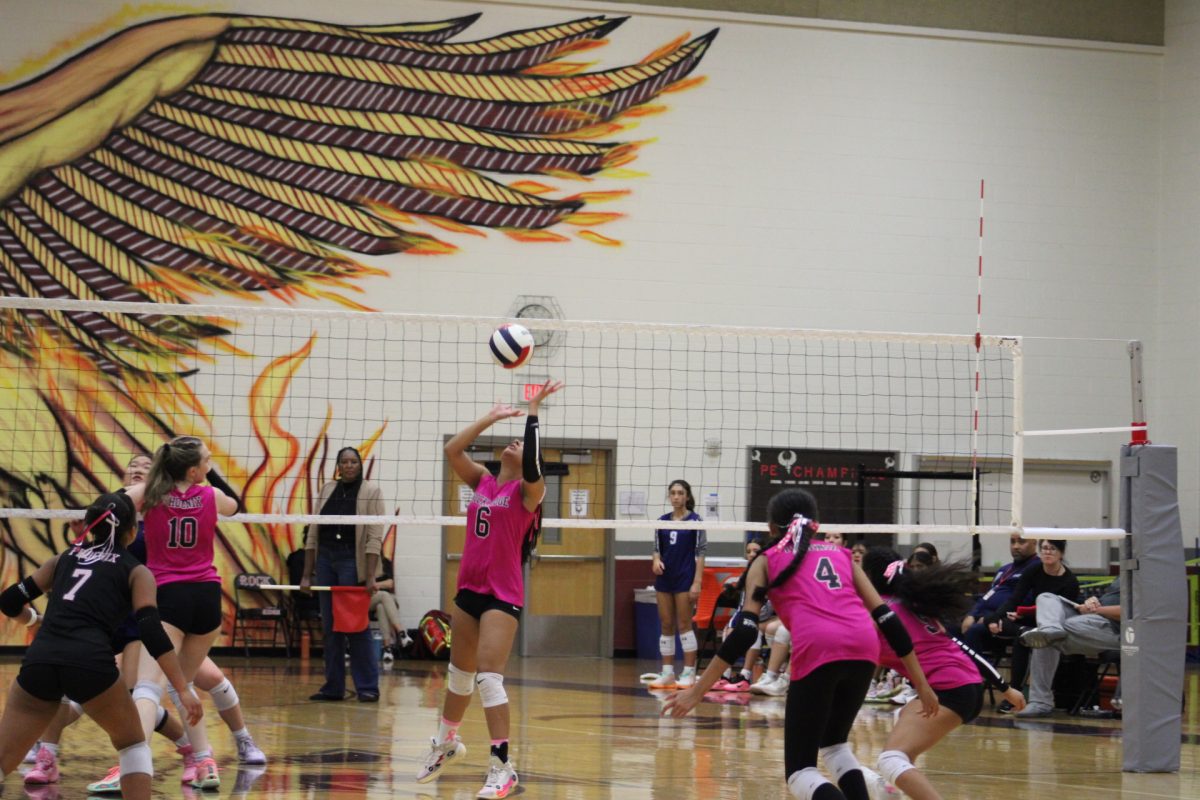







![The Phoenix varsity volleyball team lines up for the national anthem. “We were more communicative [with each other] during this game, and I feel like we kept our energy up, especially after the first set,” senior Jessica Valdov said.](https://theblazerrhs.com/wp-content/uploads/2024/10/DSC_0202-1200x800.jpg)




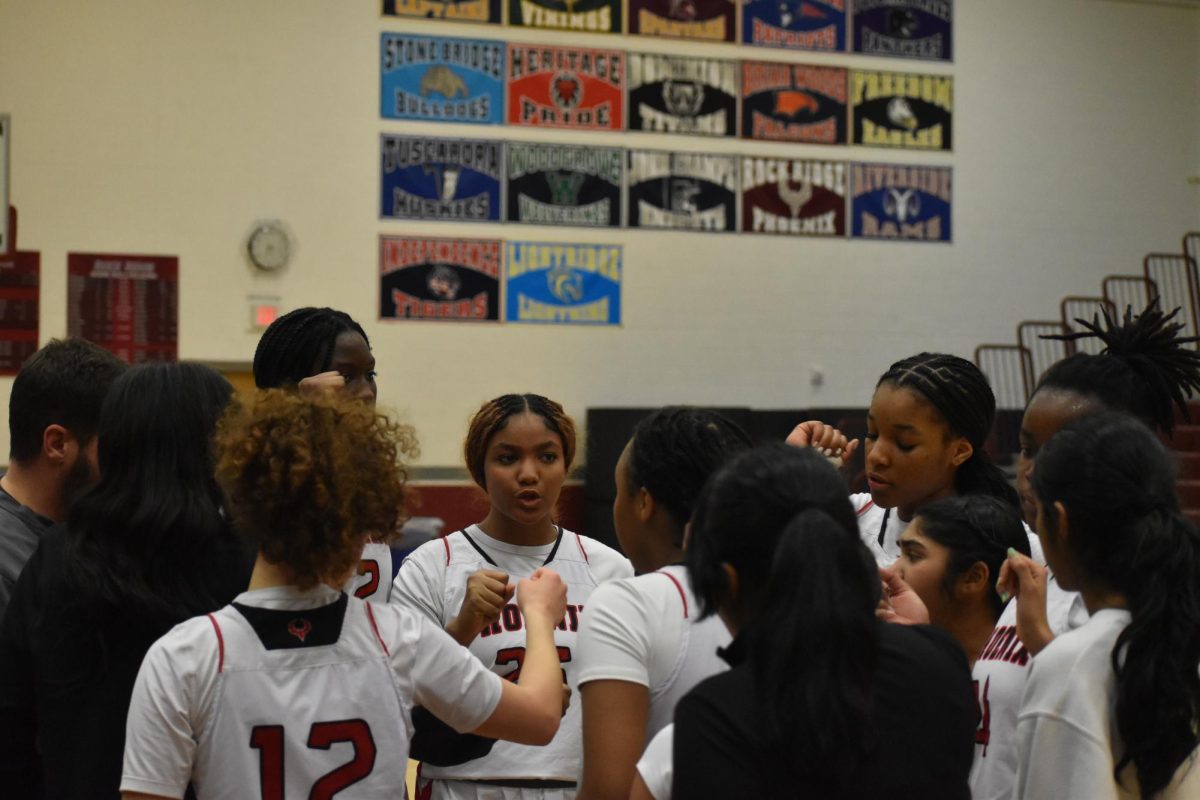


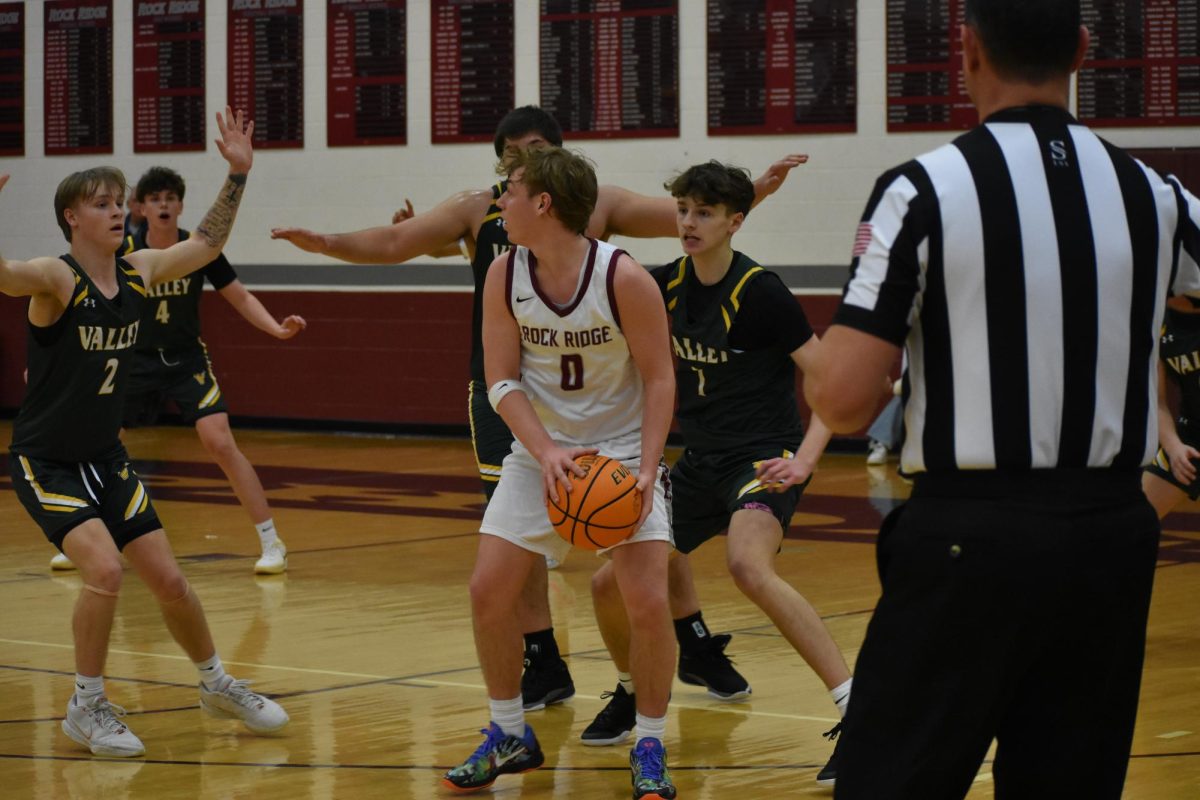


![Junior Alex Alkhal pitches the ball. “[I] just let it go and keep practicing so we can focus on our goal for the next game to get better as a team,” Alkhal said.](https://theblazerrhs.com/wp-content/uploads/2025/05/DSC_0013-1-1200x929.jpg)







